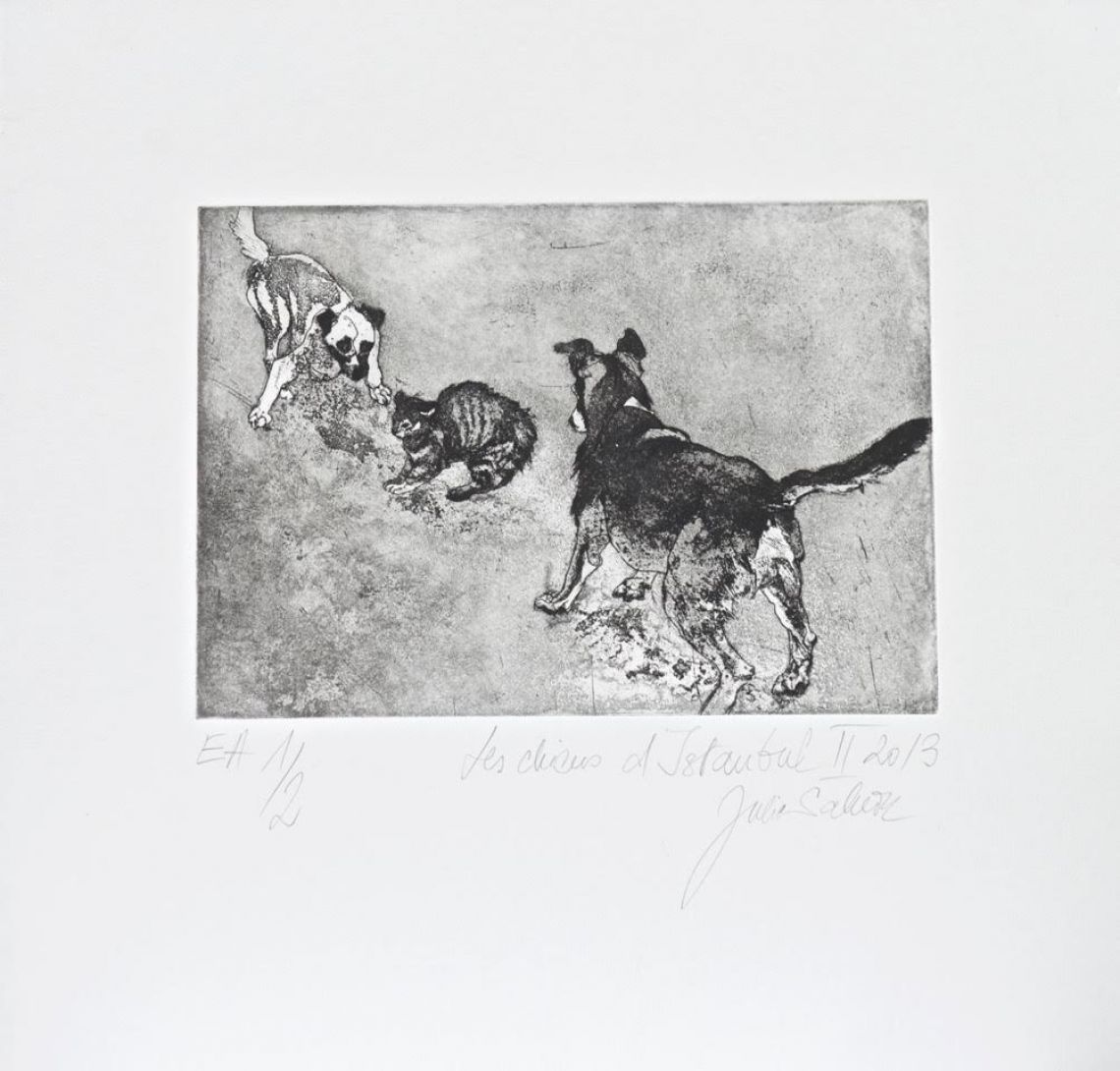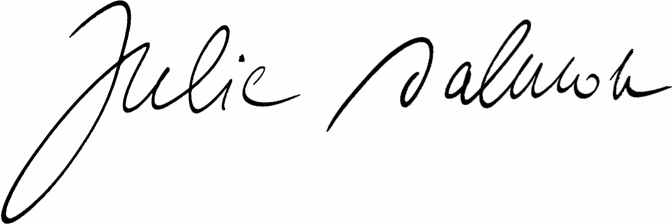
Actualités
l'ISTANBUL RESEARCH INSTITUTE
20 octobre 2016
Lorsque les amoureux des animaux arrivent à Istanbul, même s'ils n'ont d'yeux que pour les merveilles architecturales, ils ne peuvent ignorer l'omniprésence bienveillante des chiens de rue.
Les stambouliotes ont noué de longue date une relation très particulière avec leurs chiens : musulmans, ils n'ont pas vraiment le droit de les installer dans leurs maisons, mais se préoccupent de leur subsistance et leur bien être, ce sont des créatures de Dieu.
Des quartiers, des corps de métiers se cotisent pour leur procurer nourriture et soins vétérinaires.
La stérilisation est souvent envisagée pour éviter une prolifération excessive et la plupart sont identifiés (petit carré de plastic jaune sur une oreille).
En contrepartie, ces animaux extrêmement bien socialisés à l'homme, vivent en petits groupes hiérarchiques et se comportent avec une extrême politesse.
Je les ai rencontrés en 2010 lors d'une première visite et j'ai réalisé croquis et photos un peu partout, même dans la cour de la Mosquée Bleue!
Cette année là était le centenaire d'une sorte de « génocide » dû au nouveau gouvernement des Jeunes Turcs qui voulaient faire ressembler leur ville aux capitales européennes, sans chiens divaguants.
Cette initiative a abouti au déplacement de 30 000 chiens dans une île déserte au large d'Istanbul, sans eau ni nourriture, où ils ont fini par mourir.
L'opinion publique turque et internationale s'en est émue et la campagne d'éradication a cessé.
Il faut absolument regarder le film d'animation « Chienne d'histoire » et lire l'excellent livre de Catherine Pinguet, « Les chiens d'Istanbul »
L'exposition « The four legged Municipality » qui leur est consacré du 27 octobre 2016 au 11 mars 2017 a lieu à l'ISTANBUL RESEARCH INSTITUTE.
Trois de mes gravures illustrant ma rencontre avec ces ambassadeurs à quatre pattes y seront présentées.

« Les chiens d'Istanbul (II) »
aquatint on copper - 46/46 cm
İstanbul Research Institute presents The Four-legged Municipality:
Street Dogs of İstanbul, an exhibition that sheds light upon the
adventure of street dogs, an integral part of İstanbul's daily life in
almost every period of the city's social history, which changed
alongside political, religious, and sociological transformations.
The fact that İstanbul's streets, apart from the main roads and
intersections leading to marketplaces, were deserted until the mid-19th century is in itself a phenomenon that brought the city's animals into everyday life.Especially in İstanbul's Muslim quarters, no adequate relationship could be established between spiritual life under the roof of privacy and the worldly life of the street.Indeed it was this sense of distance that bestowed the street on the city's dogs as their home.
The fate of street dogs, whichwere the guardians of public property, began to change with the increasing will of getting closer to the "civilized" world.The Ottoman intellectual, who had seen the West, was not at all pleased with the appearance of İstanbul, which fell far short of satisfying those crazes; the streets were narrow and disorderly, the houses little more than ruins, the transportation system did not work, and infrastructure was inadequate. When the dogs, which one never encountered in European cities, were added to this picture, it became a far cry indeed from the modern world. While the four-legged municipality of the Ottomans was being transformed into the two-legged municipality of the Republic, the positivist concept of life was also expunging dogs from İstanbul's history.
Through photographs, travel journals, postcards, magazines, engravings, and other media dated from the 19th to the early 20th centuries, the exhibition, curated by Ekrem Işın and counselled by Catherine Pinguet, follows the history of these fellow İstanbulites that played an integral part in the city's social life during their coexistence with humans through the centuries.
Share

